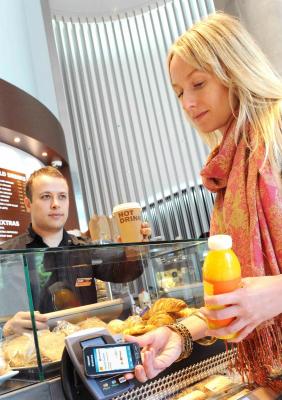Fewer than 2% of consumers are “highly likely” to adopt NFC payments immediately after the technology is rolled out, according to UK-based research firm Datamonitor.
The firm, in a recently published report, projected that another 12.2% of consumers have a medium likelihood of adopting NFC payments right after it’s introduced and more than 31% have only a low likelihood of using the technology for payments in the short term. The remainder of consumers–more than half–are considered “unlikely” to adopt NFC payments, said the firm.
Except for consumers who are highly likely to embrace NFC payments, issuers, mobile-wallet providers and others introducing NFC payment services will need to offer incentives to consumers to encourage them to adopt the technology, and this adoption will likely take longer, said Datamonitor in its report, NFC Payments.


Thanks for the great article, Dan. It's a nice change from all the hype around NFC following developments such as Google Wallet. It seems to me that a cheaper alternative to giving users a financial incentive to try using NFC would be to encourage its use with an application for something people need everyday. Public transport is an obvious example. Only a very few in the world might be called a payments geek. The majority just don't have time to bother finding out about new payment instruments. If a base of users need it for everyday life, however, it sems that they'll be more likely to try using it for other things.
It seems a great pity that London's Oyster card cannot be used for buying anything other than public transport. Having recently travelled through London (from New Zealand), I found it incredible that you couldn't even use your Oyster card to buy a cup of coffee on a station platform, let alone a packet of crisps from a shop on the High Street!